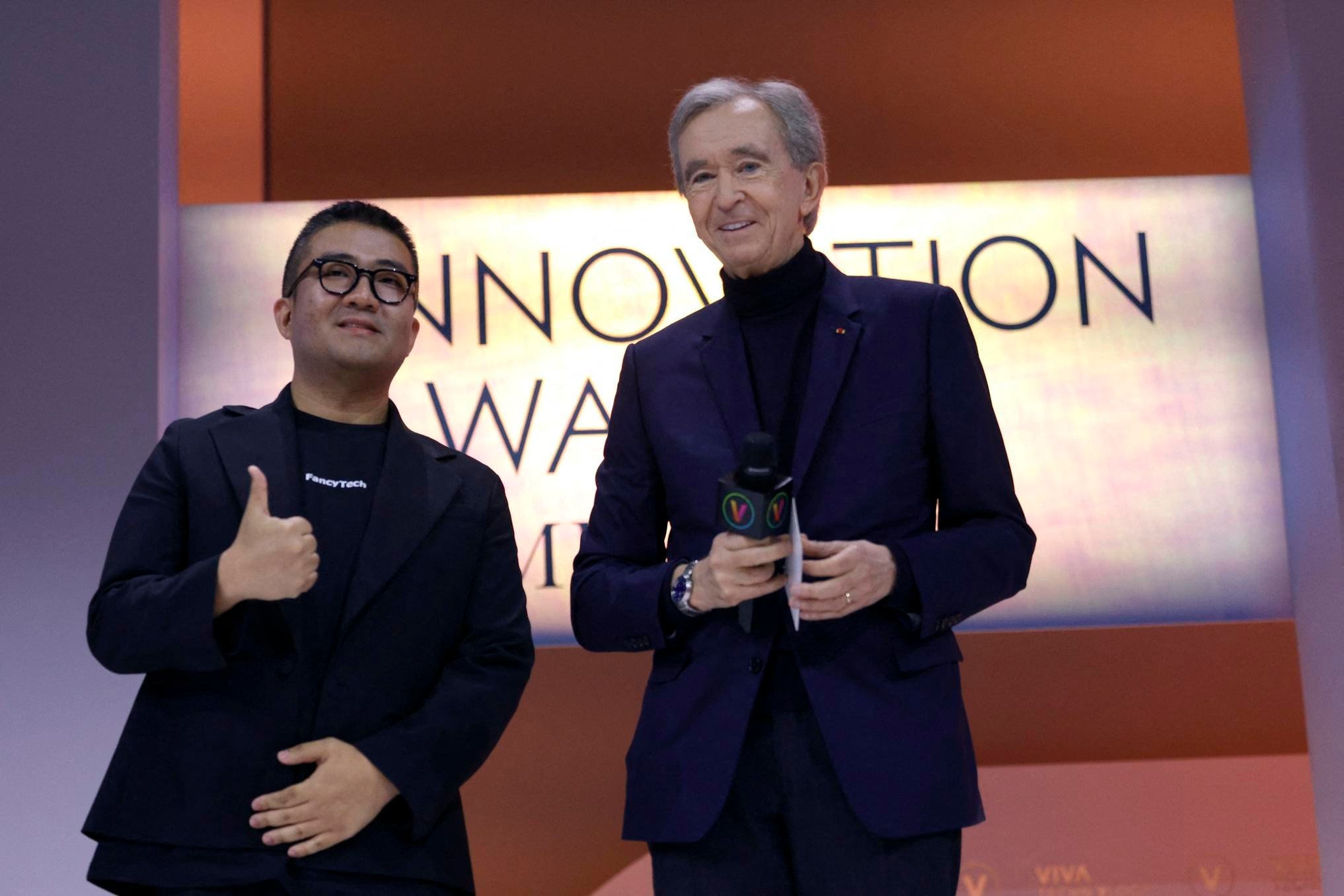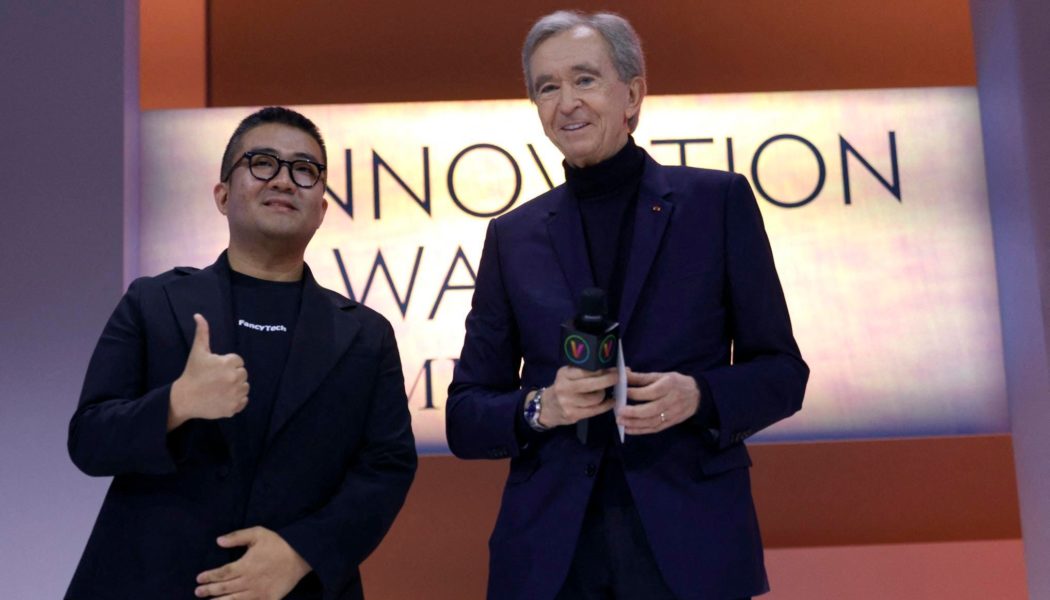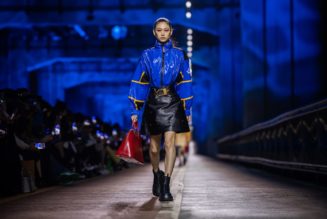
In a previous article, I explained why generative AI (GenAI) has taken the world by storm and indeed, the luxury business too. I structured luxury brands’ current experiments into four distinct, mutually reinforcing types of applications. I explained that, like any technology, GenAI is not an end per se. What matters when deciding where to experiment with this technology is to define first the strategic purpose and vision.
But here is the elephant in the room: is Gen AI worth the craze, considering the nature of luxury brand management? Luxury is all about the human genius and attention to details, from craftmanship to service. It’s a business where artistic directors lead trends, not follow them. Its artistic creations and brands are carefully copyrighted to limit copycats and counterfeiting. It’s a business that needs to cultivate a certain mystique to thrive.
GenAI can potentially uproot all this. Or can it really? There are limitations and even outright doubts about the technology. So, it might be a mistake for luxury brands to divert most of their resources to GPT because it is the latest craze, and abandon their multi-year efforts to beef up their analytics and machine learning capabilities.
What is certain is that a lot will depend on how GenAI turns out to be used and what goes on more widely in society as a result. Luxury firms should waste no time in experimenting with it, but should also take their time to mature GenAI’s wider strategic, environmental and social implications. Otherwise, GenAI may well follow the path of the metaverse earlier this decade: a French soufflé that rapidly, if temporarily, collapsed, or even worse, damage the brands.
Generic concerns with GenAI
Mobile billboard is seen near the U.S. Capitol on September 12, 2023 in Washington, DC. NGOs … [+]
There are at least three types of issues with GenAI: technological, ethical and environmental. These apply to any industry and should concern every citizen. One thing is reassuring: previously any technological innovation would be spontaneously accepted as good. Today, society and regulators are increasingly scrutinizing each new wave of it.
Technological challenges. What many people miss, Prof. Amit Joshi, Director of Digital Excellence Diploma at IMD explains, is that GenAI is not a search engine responding based on facts and accuracy. GenAI tools work on probabilistic associations. So, while research indicates that a tool like ChatGPT can diagnose eye diseases better than junior specialists, the technology can also “hallucinate”, providing results that are unfit for practical applications, outright harmful or morally rejectable. Some of these hallucinations can go unnoticed and therefore, careful human judgement and expertise are required to detect those.
Michele Grazioli is the founder of Italian AI startup VEDRAI
Fortunately, some solutions seem to emerge. The leading Italian AI startup Vedrai has an agent-based layer procedure for cross-checking the output its algorithm produces before delivering results that allow managers to make better decisions. According to Michele Grazioli, founder and CEO, Vedrai’s approach can reduce hallucination to a 1% margin error. Thus, if human checks and judgement will continue to be needed, GenAI is unlikely to take over all jobs and humanity any time soon.
As discussed in my previous article, since the biggest opportunity lies in training GenAI models using company data and sources to facilitate conversations with customers, external stakeholders or between employees on specific business problems, these technological advancements are encouraging.
Secondly, ChatGPT has polluted the internet with what’s known as ‘synthetic’ (read: modified and manipulated) content. Correction has already taken place. Noticing that this issue was derailing some of the performance and learning of ChatGPT, OpenAI stopped this practice in 2021. It is why, if you ask it for LVMH’s financial results, they will end in that year. But potentially, GPT has further undermined trust in the information that is circulating on the web. Which leads us to the next limitation.
Ethical challenges. The public versions of the latest GenAI applications have been trained on whichever data were available in the global public internet. With no legal guidelines in place in the world, this has led to questions on Intellectual Property integrity: to whom does the input and produced output belong? For instance, in the United States, there is no copyright against completely machine-generated images–only human-made images or images that have been at least tinkered with by humans. According to Jing Daily, in China, generative AI must use “data and basic models with legitimate sources.” Content created by generative AI should also have a voice prompt or watermark citing that it is generative AI.
Governments are moving to regulate for data protection and intellectual property with GenAI
Designers today are often called out by brands for designs that may or may not be entirely theirs, as in the case of NFTs that I mentioned in a previous article. Others, like the creator of the Harry Potter by Balenciaga AI video that has, to date, garnered over ten million views, are left alone by the brand as memes.
Big Tech is scrambling to correct its course. In the spirit of transparency, Meta makes sure that it has an archive of every step of the GenAI processes used in the background, a so-called audit of the actions their application has taken to achieve the final product, whether it is a brand campaign or an actual piece of clothing.
Finally, ethical concerns are also related to human rights and fair labor. Amit Joshi also argues that we should be mindful of the number of people who work at the backend of AI in Asia. These people “annotate the masses of data that American companies need to train their artificial intelligence models,” according to the Washington Post. Many out of two million people in the Philippines who work in these “digital sweatshops” have not received the wages they have been promised; some have been paid less than one US cent a day.
Environmental challenges. Chat GPT has come to the fore due to the brute size of its computing power. But this comes at an environmental cost through water consumption and greenhouse gas emissions.
After years of denial, Sam Altman, founder of Open AI admitted in Davos 2024 that unless a major breakthrough takes place (read nuclear fusion), his industry was on course to cause an energy crisis. Nuclear fusion will not be ready at scale for at least another 25 years. So, if not enough renewable energy is available to power AI, then it’s another industry compounding the climate change threat.
In addition, when Microsoft trained Bing for AI, its water consumption increased by 34% in one year, to cool datacenters. By 2027, the demand for water linked to powering AI could reach half of the consumption of water of the United Kingdom. The industry is already talking about moving datacenters into the seas and doubling down on the emerging carbon capture.
A more counterintuitive corollary is that the industry might have to slow down with computational breakthroughs. Some analysts call it ‘peak AI.’ “What we see today may be all there is to generative AI,” said Joshi. Indeed, reducing power and water consumptions and emissions might require that more efforts are spent for frugally tweaking existing MLL models (think small language learning models) than for creating further breakthroughs. Likewise, to meet their sustainability targets, companies, including luxury firms, might also have to refrain from training their own models from scratch. Behaving responsibly for positive impact would also mean all firms would need to be drastically selective when choosing their GenAI applications.
Will it get to this point? As often, sustainability considerations take second seat: Meta and Open AI are about to release new generations of their Llama and ChatGPT5 that can mimic real human intelligence, models “not just to talk, but actually to reason, to plan . . . to have memory,” said Joelle Pineau, vice-president of AI research at Meta, opening the gateway to real, generalized personal assistants.
Specific considerations for luxury firms
All in all, the challenges just discussed call for balancing prudence with creating the opportunities for moving with ones’ time. As they do so, luxury executives should ponder the following three specific considerations.
How much will GenAI influence the artistic creation process (here Daniel Lee, artistic director of … [+]
Authenticity, differentiation, and the role of humans in a world increasingly run by machines. Luxury industries sell the promise of exquisite creations produced according to ancestral craftmanship traditions. It seems therefore that anything replacing this would violate the rule of authenticity that underpins the luxury promise. GenAI will therefore be most helpful for augmenting the human genius.
We will certainly observe variations in the extent to which luxury firms use GenAI. A first discriminant will be the sector. According to Bain, there are in fact nine luxury sectors; some like perfumes and beauty, automobile and even fashion are already much more industrial, we could expect greater uses of GenAI. Others, like watches and jewellery remain more artisanal. The more artisanal a brand, the more it should continue to cultivate the “made by humans for humans” in a world where AI will become commoditized.
Each brand can decide how much of AI it wants to use or stay away from.
A second discriminant will be the price positioning and the power of the brands. Ten years since most experts predicted “all brands will have to do ecommerce”, the most powerful brands such as CHANEL, Hermès, Patek Philippe and emerging ones like NIO in automobile, do not sell online. These brands, however, cater for the richest fringes who can afford to travel and go to their stores. For the bigger part of the luxury market, in the middle and the aspirational segments, it has been almost impossible to avoid selling online. One should also remember that brands like CHANEL are fully digital on the rest of the consumer journey. The lesson is: do not feel compelled to use GenAI if you think you will gain by staying mostly human but choose where it will reinforce your luxury proposition and rarity if you wish to use it. And wherever you do use AI, communicate transparently about this to remain authentic.
Protecting the cultural responsibility of luxury. The ultimate taboo brands are starting to contemplate is whether GenAI has a place at the creative table, whether it is for products, visuals, events, advertising campaigns, etc. As cultural industries, it’s artists who have shaped trends and cemented luxury brands’ success for generations.
Yves Saint Laurent contributes to the restoration of some iconic Parisian buildings
GenAI is by essence creative. Ignoring this capability could be foolish. One way of considering its assistance is as Edoardo Tocco, President of Asia Pacific of Balenciaga, put it, to give some information that can inform the creative process: “I believe that AI can help creativity, provide boundaries or directions or a certain way to say, for example, that there is a certain kind of trend. It can help the creative team in a certain direction.”
The key, though, will be to avoid seeing artistic creation regressing to the mean or to start following rather than lead. We now know that algorithms are creating cultural impoverishment and uniformity, because they, not humans, exercise judgement and creativity. Machine generated outputs also are endangering democracies in the social media space. Luxury brands must therefore remain vigilant at this level. They have a social responsibility to play in helping the world keep its humanity.
Delivering the exemplarity promise. Many consumers think that luxury brands are more exemplary in their practices than any other brands because they strive for excellence and generate higher profits to do things very well. While this is true to a certain extent, luxury brands can still improve on their exemplarity and social responsibility.
For example, whatever they think, luxury brands are not sustainable by nature. They will have to continue operational optimization and engage with more radical business model transformations to contribute more positively to planet and society.
In this journey, GenAI will help but it’s a double-edged sword. As seen above, it creates ethically and environmentally negative impacts. With its potential to multiply marketing content at lower costs, GenAI can inadvertently accelerate the pace of consumption. The latter needs to go down if brands really want to decorrelate the spectacular volume growth of these past years from the equally spectacular growth of greenhouse gas emissions. Yet, as seen in my previous article, GenAI can be an accelerator for reducing over-production and transitioning towards more circular practices.
Again, human choices will be required to use GenAI in ways that reinforce virtuous and responsible practices. Luxury executives must remember that in the wider scheme of things, luxury has won thanks to nature-based promises. Betting on nature regeneration and protection and using the artificial in a parsimonious way should be the way forward for authentic brands.
It’s too early to predict what the future holds for GenAI and how far and how fast it will expand, considering its environmental, ethical and technical challenges. Ignoring GenAI seems perilous. It offers luxury brands multiple benefits. But as with previous waves of digital changes, once again luxury executives will have to remember where their brand DNA comes from and what they need to protect it from for it to stay rare and desirable. Once again, there will be space for contrarians.
I thank Ria de Borja for assistance with the research.









